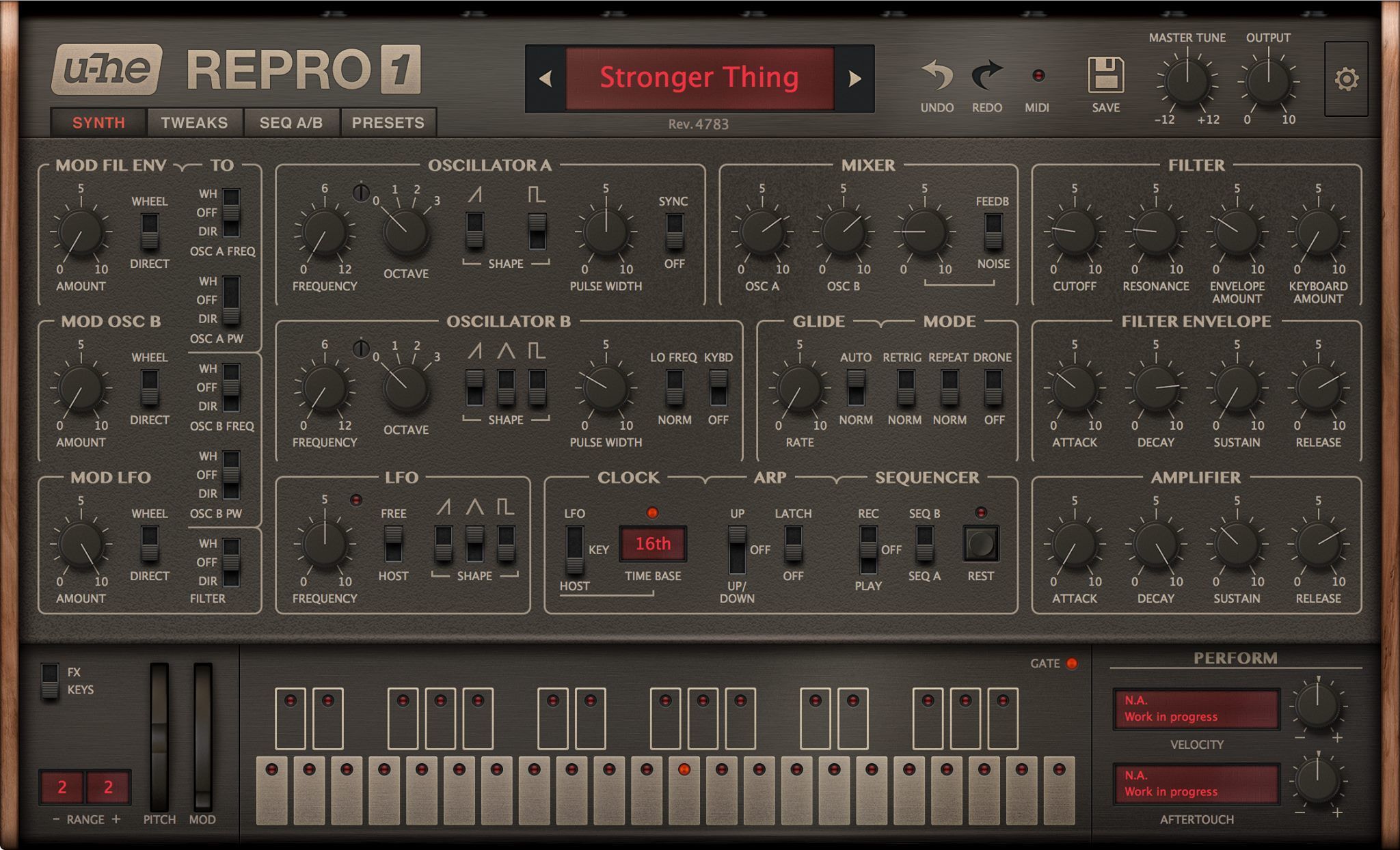Pink Noise Vst Plugin
This is another sound reduction plugin that works under the banner of Waves. This one comes in with new algorithms that clear the background noise without adding in artifacts or damaging the sound quality. The Z-noise is part of the ‘manual’ plugin from the Waves suit. The version is a little older, but it does justice to sound control. The most helpful plugin ever! Greg Downey DJ and producer Generates pink noise for use as a mix reference Variable master output level, and soft on/off switch, so the pink noise doesn’t hurt your ears. How to apply adaptive Retro noise in 5 steps: Load the Noize Retro on your track. Turn on the adaptive mode. Mix in the adaptive noise. Shape the noise behaviour with the rise and fall features. Shape the noise sound with the hpf, lpf and stereo features. System Requirements. OSX: VST, VST3, AU, AAX; Windows: VST, VST3, AAX.
- Pink Noise Vst Plugin Torrent
- Pink Noise Vst Plugins
- Pink Noise Generator Vst Plugin
- Pink Noise Vst Plugin Full
- Free Pink Noise Vst
Crossfeed and EQ for headphones
CrossfeedLatest note : I did a similar software that is available here : head-fit
Some parameters are the same but head-fit is more flexible, has some process improvements and is a bit more oriented to headphone optimisation.
This plugin’s purpose is to help you to find the best settings for headphone equalization and crossfeed adapted to your own ears.
Don’t be afraid by all the sliders and buttons on the picture : it’s easy to use, just read this page.
Some tips about installation and fuctions can be found here.
If you get no sound out, you may have to choose engine input and output assign and device/wave.
Set volume level to a low value.
Set generator to wav and play some music you like.
Adjust volume to a comfortable level
Now pan completely to left or right and click on/off the crossfeed button.
In few words : you shouldn’t hear any difference with a mono record but a huge difference for sounds recorded only on one channel, and in between,with most records, the crossfeed effect is subtle but nice, giving some extra “space”.
After you can fine tune and adjust other parameters and the EQ.
Delay is the time delay between the ipsilateral signal and the contralateral one.
Note : in this program, the sum of ipsi and contra is +3dB for correlated signals and 0dB for uncorrelated signal. Music beeing in between, it may give a small bass rise of 1 to 2dB because recordings are generally more correlated in low frequencies.
Also take care about elevation, that means that the sound should not come from above or under but ideally at the same height as your head. It can be quite long to get best results. But, I think, it’s worth of it.The spatialization will dramatically improve : crossfeed should avoid most of the typical “in the head” feeling.
– with or without crossfeed, the tonal quality (timbre) should not really change, check this listening to uncorrelated pink noise.
When you compare different crossfeed processes, test with correlated and uncorrelated pink noise, there should be highly audible difference of timbre with or without the crossfeed process.
– I invite Rockbox users that have crossfeed enabled to also set precut (it’s a parameter in the EQ settings) to -3dB (because crossfeed may give a max boost of 3dB in the bass). With this precut value, you avoid any risk of overloading even with records mastered to stupid levels very near of 0dBFS. Moreover, if you also use EQ with some boost, set precut value to the sum of crossfeed max gain (3dB) plus max Eq boost (for me it’s 2dB, see my curve hereunder at highest frequencies) that gives a total precut value of -5dB.
Note : I’m really wondering, when you linearize identiqually the frequency response of two (good) headphones, of what remains as a difference ? distortion, comfort ? (go to my earphone page)
- Pink correlated is the same pink noise in both left and right channels. Though headphones, you should hear the noise in front of you.
- Pink uncorrelated is for the same kind of noise but different in each channel, this is more like real sounds or music . It brings a more spacious sound. This can be useful to test for any coloration the crossfeed function may bring : with/without crossfeed, the tonal quality should change as little as possible.
- Pink corr. filtered is a correlated pink noise but bandpassed filtered near critical bandwidth. The center frequency is set by the generator frequency slider.
- Bonger is also a kind of pulsed sinus (with few harmonics), you can change its frequency so it’s also usefull to setup crossfeed : you can try with a low and a higher frequency and try to keep sound coming from the same angle.
The show/hide button displays a list of all actual values so you can set your Rockbox configuration file. You can also save/load setups using the VST presets.
7) Measure the results
After having found your best setup, you may have a look at the resulting frequency response with VST Plugin analyser from C.Budde (look in his programs page). When you open a file in the analyser, choose the plugin file : crossfeed_eq.dll.
Pink Noise Vst Plugin Torrent
Don’t worry about the frequency warbles in crossfeed mode : it’s not the frequency response of a channel but it results from adding the two channels with a time difference that gives a kind of comb filtering (ipsi and contra signals add or cancel at certain frequencies).
So measure the crossfeed and the EQ separately.
If you have any fear of this ripples, just do following test : set input to mono and with the crossfeed on/off, try to hear the differences.
This is the frequency response of the crossfeed function with default values (no EQ) :
Best sitar vst free. Here also the compared RMAA measurements through the software process (default setup and EQ lowshelf= 1.5dB, 500Hz) :
DSEQ is a dynamic processor operating in the frequency domain.
DSEQ operates entirely in the frequency domain, providing very high frequency selectivity thanks to self-adjusting dynamic equalizers. DSEQ does its job with maximum transparency, even aggressively.

Pink Noise Vst Plugins
This avoids distortion, phasing and artifacts even with highly critical audio material. DSEQ offers several high quality taming modes, even for single frequencies.
DSEQ provides a very easy to use interface. With just a few parameters (threshold, selectivity and attack / release), a wide range of assignments can be covered. Even the original set of parameters can make your mix more transparent. Just select a threshold parameter and lower it step by step.
Now you can start focusing on specific frequency regions using pre-filters.
DSEQ comes with AB-LM Lite, which provides Loudness Matching.
Pink Noise Generator Vst Plugin
Can be used in all mixing and mastering situations:
• vocal de-essing
• resonance removal such as drum, guitar, vocal recordings
• digital harshness elimination
• mix balancing
• frequency domain unmasking
• pink noise support for mixing / mastering
smooth linear phase dynamic filter
full frequency range processing, 10Hz – 22kHz
4 different quality modes: eco, normal, high and ultra
left / right and mid / side processing
global slope for detector signal (eg pink noise mixing / mastering)
12 independent pre-filter bands
side-chain support
multiple signal monitoring modes (pre-filter, delta, side chain)
multiple spectrum analyzing modes (stereo, left, right, mid, side)
perceptual loudness matching (powered by AB-LM Lite)
extended input / output meter, Peak / RMS / EBU / VU
narrow-band sweeping mode
sample exact A / B toggle for all processing modes
sample rates min. up to 192 kHz
“real” over sampling, up to 4x
EQ cheat sheets
precise parameter input
easy to use GUI
GUI resize up to 2x
preset management
full DAW automation support
64-bit internal processing
very efficient CPU usage design
2.2.1:
• UPDATE: moved registered name from main GUI to about box
2.2.0:
• NEW: input spectrum display
• NEW: custom threshold display
• UPDATE: smart AI custom threshold improved
• FIX: small GUI issues
Pink Noise Vst Plugin Full

Free Pink Noise Vst
2.1.0:
• NEW: filter band listen mode (selected pre-filter)
• NEW: piano preset
• UPDATE: narrow-band sweeping mode (global listening mode): change filter Q with mouse up / down